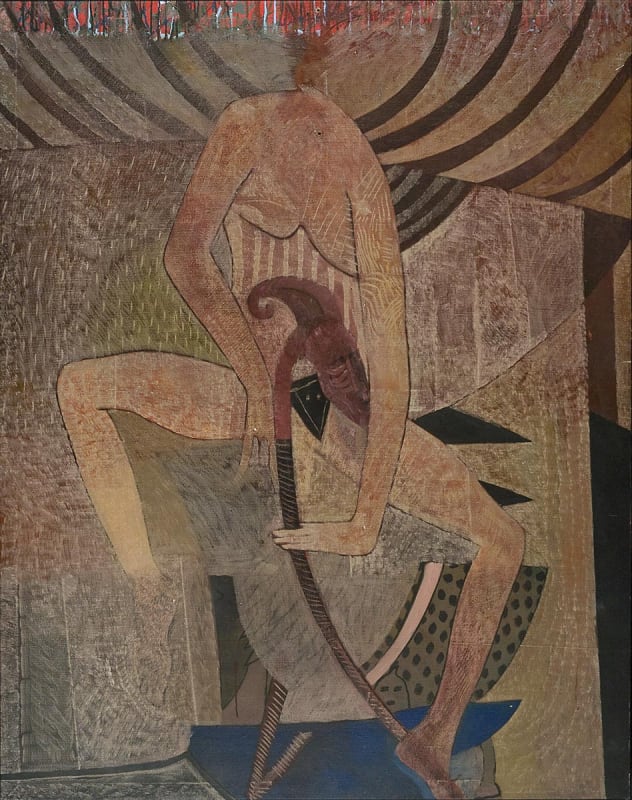The outstanding plastic artist Moisés Finalé, in celebration of the 13th anniversary of the Centro Hispanoamericano de Cultura, offers a retrospective of his work throughout the interior of this installation guarded by the Caryatids. Event that in turn celebrates the coming sixth decade of life of the Matanzas, which brings together in a personal exhibition the female figures that he has captured in his pictorial world and that today are present with the title El peso de su cuerpo. With more details on the UNEAC website about current and future creative projects, its member, Moisés Finalé Aldecoa.
Why do this show?
“A few months ago, after having finished a huge and beautiful exhibition at the Gran Teatro de La Habana Alicia Alonso; where I exhibited in a large format, with very formal, conceptual, different types of searches, trying to change my way of painting ... as a new proposal, because that exhibition had a new proposal: much lighter the way of considering the painting. They spend a few months and a day watching a new series that we were doing at home, with Dr. Rafael Acosta de Arriba and Lic. Yamilé Tabio, it occurs to us or it occurs to them, because I think it was them, to do this exhibition with the theme of women.
It surprises me a lot, because it was going to be an exhibition especially with recent works; Then I said: the exhibition cannot be like that, because when I began to see in my own home and in my own collection a large number of women that I had painted for several years, who were there, who were present and who in a different way another, women that I liked a lot, lived with me, who had been in my house, lived all those years with my life and who also in one way or another presented themselves in different ways depending on the time and year in which I did them. At the end there was a retrospective exhibition, where works from different times, from different years appear… it took me a little while to make the selection and I left the final selection of the sample in the hands of the curators ”.
What does the retrospective sample collect?
"When one is faced with the exhibition, one of the riches it has is that since they are works made at different times, technically the work also changes, I am not the same Finalé of the year 2000 or 2005, at the End of these moments ; So the work is totally different, the same way of conceiving the work of seeing the woman, of seeing the compositions, the subtleties, the riches, the depths… all that changes in the work, in the end I think it's a pleasure. At the moment, myself, seeing this exhibition here, I am surprised to see how all this has evolved over time.

